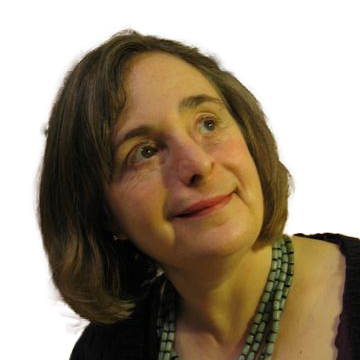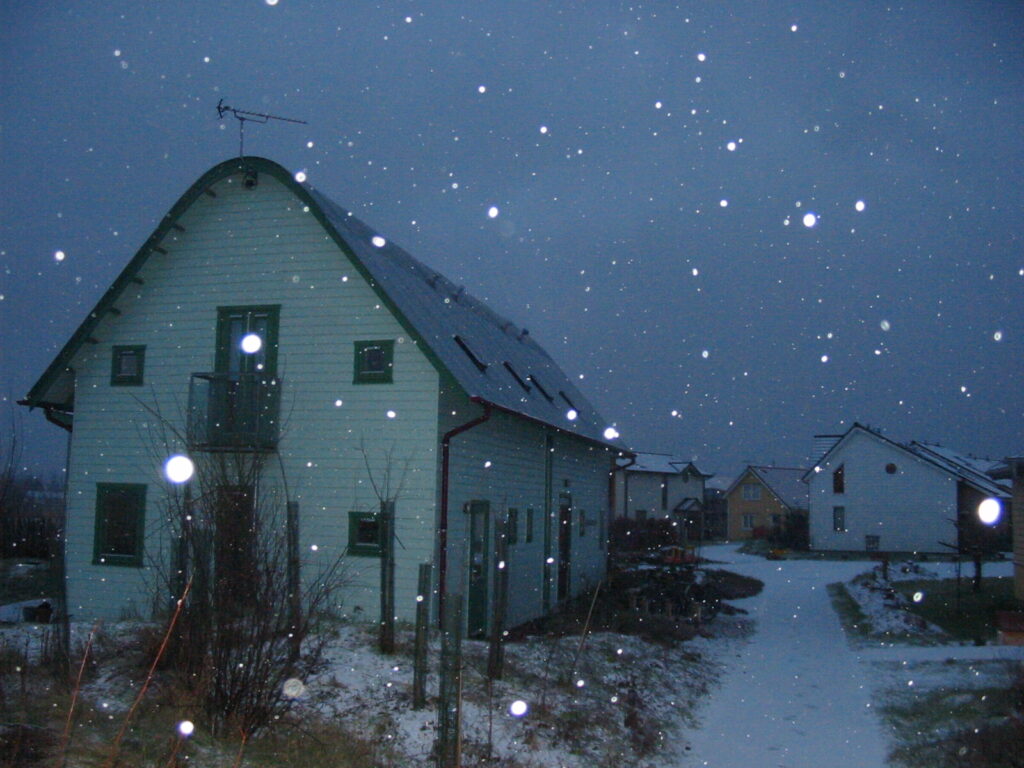Since January I’ve aimed to write a post a month on the Bryn Glas Blog and for ten twelfths of the year I succeeded. Intense activity around the time of the publication of The Priestʼs Wife got in the way of what would have been the October and November offerings. But now, in this last post of the year, Iʼm taking up the suggestion of a reader to write about how I came to be publishing books and writing a blog at all.
Where does any story start? Wherever you choose to begin, there will be something that came before. So itʼs a matter of discerning the dramatic entry point which, in this case, I deem to be a winterʼs day in northern Scotland. I was living in a house called Heatherfield which I had built at Findhorn – not the village, but the nearby spiritual community. I’d designed the house for community living on a small scale and was sharing it with Duncan and Chrisanthe (who became my friends) and Andrew (who became my husband). It must have been the winter of 2012/13 when this story begins, and every winter, with monotonous regularity, Andrew used to go down with a Very Bad Cold. On this occasion the bad cold was keeping him in when he longed to be out doing something, and I said, “Why donʼt you get on with that novel you told me about?” I was referring to an idea heʼd had years before, holidaying in Ireland. Heʼd written a bit and put it on one side. Now he began work in earnest.
You can read more about how Andrew wrote The Seaborne on his own website. But my part in it began when he asked me if Iʼd draft a scene with a group of young women. From that point I became involved, eventually as his editor, with an eye particularly to matters of consistency, historicity and bringing out the emotional depth and intelligence inherent in the narrative. And here I will pause for a backward look to comment that when the two of us got together, we had no idea we were going to be creating a writing partnership.
We moved to Wales.The Seaborne was picked up by a Cardiff-based publisher called Wordcatcher and came out in November 2019, just before the covid lockdowns. The first reader review on Amazon set the tone for those that followed: “Just beautiful,” wrote Dr D Morris. “I hope this writer writes more.”
It had become clear to Andrew that the story begun in The Seaborne was asking to be expanded into a trilogy and he was well into drafting The Priest’s Wife when we learned that Wordcatcher was going to cease trading. A long moment of consternation. What to do? A small but appreciative group of readers was looking forward to the next book. But how long would it take to find a new publisher? Wordcatcher had also been planning to publish another book I was editing: Vu by Kenneth Sinclair. This is an ambitious experimental novel and, beautiful though the book undoubtedly is, it was never easy to imagine a commercial publisher taking it on. I took a deep breath and decided I would publish these books myself. My publishing imprint would be called Pantolwen Press.
In taking this decision, I was plunging into a deep pool. I had some of the skills needed, but not all. Iʼm a sensitive and exacting editor and can bring a book to a high standard. Iʼve got some publicity experience, but that was developed in the years before social media. And as for computer skills… Once you get beyond word-processing and email Iʼm quickly out of my depth. So I entered into contracts with Publishing Push to get the books designed and made available, and Dash Media to put together a website and get me going with social media.
By this time weʼd been living in Wales long enough for me to become aware of Cyngor Llyfrau Cymru, the Books Council of Wales. A perusal of their website told me of the literary grants they offer. I applied, and my little publishing venture received a big boost when they gave a grant for publication of The Priest’s Wife and offered to distribute all my books. The reader reports were also of immense value in helping us rework aspects of the books. As was a further grant to help with marketing, which led to features, interviews and reviews. For example, this one on the Historical Novel Society website.
The other day, I found myself speaking on the phone to someone who had called me by accident. We knew one another from the Findhorn community, and so started talking about the huge changes happening there since the Findhorn Foundation announced closure and stopped offering education courses in September 2023. As a member of the wider Findhorn Community, I was aware of the recent impetus at Findhorn to gather in silence to seek guidance. Now I heard my unexpected caller speak of her sense of a return to the spiritual values that created the community in the first place. We found ourselves discussing its core values of honouring spirit and nature together. The talk ranged into esoteric areas, envisaging our planet as having a particular role to play, a crucial part of that role being connected with the sacrifice of Christ, its effect penetrating deep into the earth, into each being of Earth: the Earth, that is alive with spirit, out of which we humans emerge, along with the rest of life. We reflected on the unfashionable thought that self-sacrifice is a fundamental and necessary dynamic of life.
As I listened to what my caller was saying, I thought about the books I am publishing.The Seaborne ends with an ordeal and a sacrifice. The Priestʼs Wife begins with the voice of the Sidh of the Island,* remembering how the faery beings once danced in service to the Chrisht (the Island word for Christ), but are finding themselves driven underground as humans deny them. And I realised that these, the books of the Isle Fincara Trilogy, which began in earnest in Findhorn, reflect Findhornʼs values and are themselves of worth precisely because what they express is urgent and essential for life today. My first blog post was called Nature and Us. The fuller picture is Nature and Spirit and Us.
*You can read the voice of the Sidh of the Island passage by scrolling down to The Prologue, here.
Wishing You Blessings at Advent
Gillian PB


